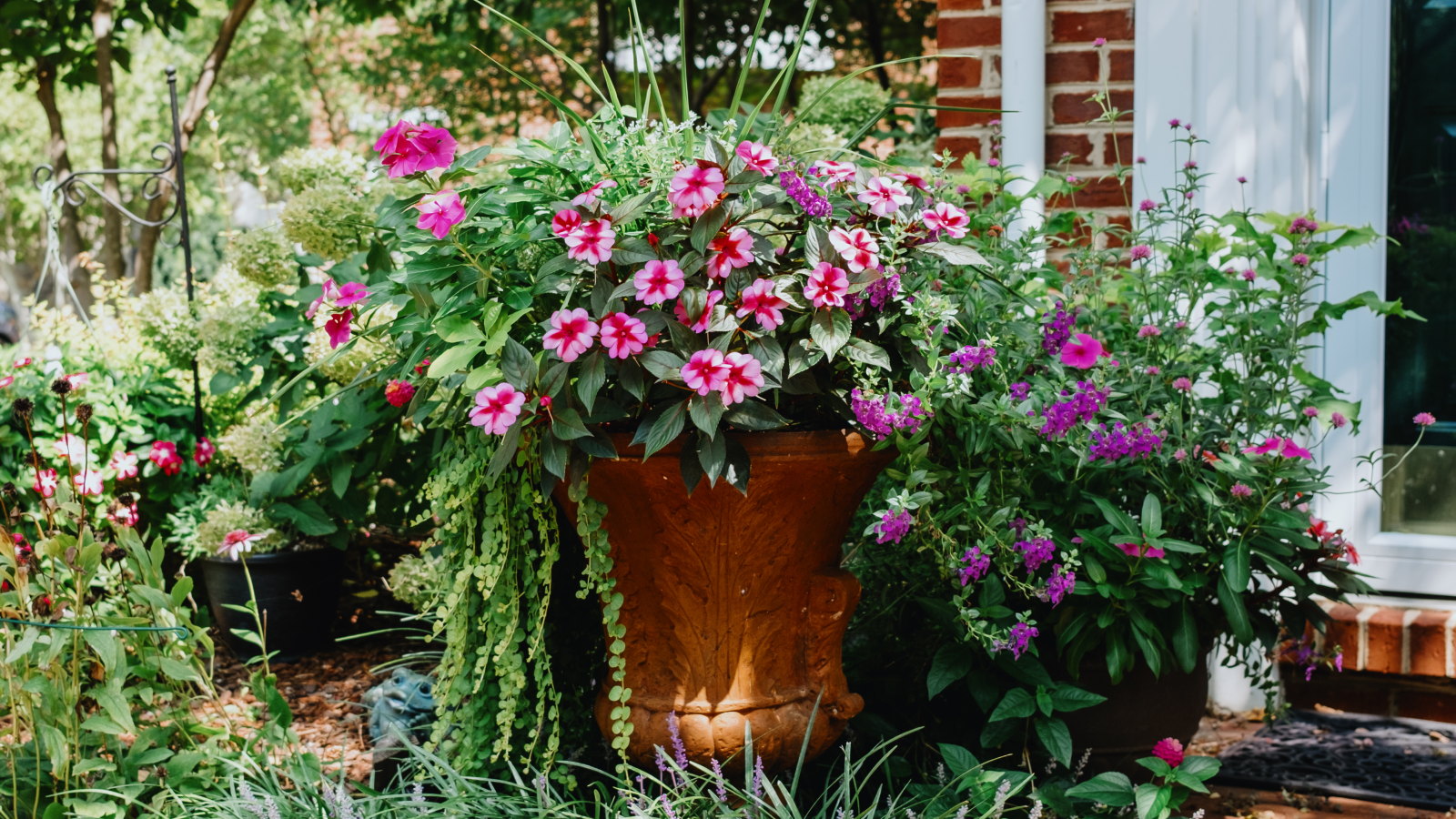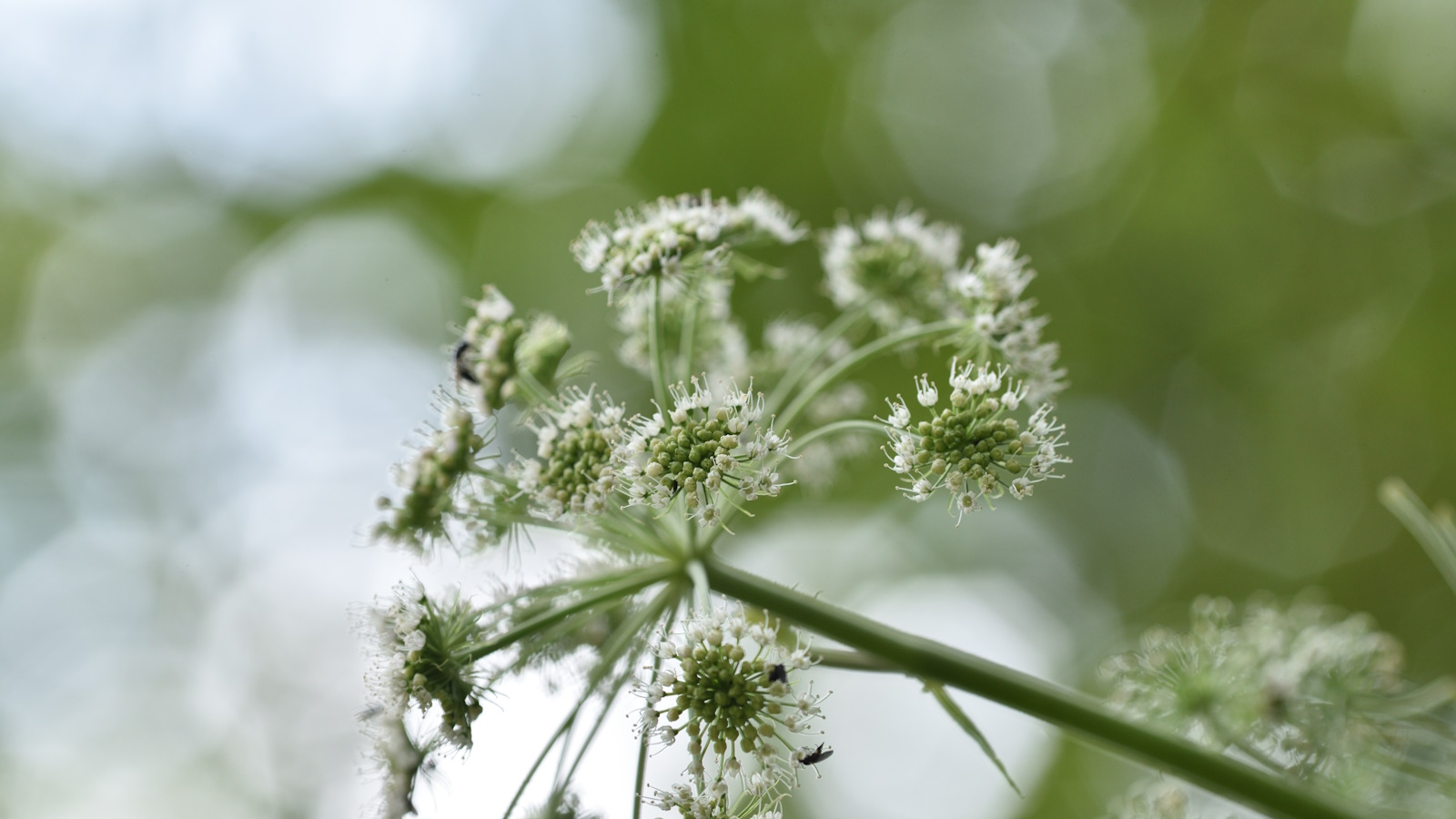A more moderen addition to the horticultural scene in North America, the ptilotus plant (ptilotus exaltatus) is thought for its distinctive and spectacular spires of fats, feathery bottlebrush-shaped flowers in a beautiful silver-pink coloration.
This cone-like plant, identified by the frequent title of Pink Mulla Mulla, is without doubt one of the greatest and rarest of over 100 species throughout the overarching ptilotus genus.
These vegetation have a decorative silver-green foliage that is thick and fleshy. Its comfortable plumes are about 4 inches tall and drape gracefully over the leathery foliage.
Native to the dry, arid plains of Australia, the long-lasting blooms of the ptilotus seem comfortable and fuzzy, however they really feel fairly exhausting and bristly to the contact. As a consequence of their texture, the blooms handle to carry up fairly nicely in numerous climate situations. They’re comparable in look to the celosia, and each are members of the Amaranthaceae household.
This herbaceous perennial is commonly grown as an annual. It serves an accent plant that’s usually grown in a container as a specimen, in addition to half of a bigger group of comparable blossoms to create a really eye-catching show. They’ll add a comfortable, cottage-garden look to your yard, and they’re additionally usually reduce and dried for preparations.
Ptilotus Plant Care
An upright-growing plant, the ptilotus exaltatus will thrive when planted in a location that is bathed in daylight (offered the soil is well-drained). They’re usually planted within the center or again of a border, the place the ptilotus can distinction superbly with annual flowers.
These sun-loving, drought-tolerant vegetation are straightforward to develop and could be just about be ignored as soon as they’re established.
Gardeners ought to know that these vegetation are prone to root rot. With a purpose to stop this usually deadly situation, a product designed to struggle fungal pathogens throughout the soil can be utilized. In case your plant was in a pot that already held soil contaminated with root rot fungus, the pot needs to be bleached earlier than reusing so as to kill off any remaining spores.
The Spruce / Okay. Dave
The Spruce / Okay. Dave
The Spruce / Okay. Dave
Mild
The ptilotus plant requires full solar to outlive. It ought to obtain a minimum of six to eight hours of direct solar for the very best progress.
Water
These are really drought-tolerant vegetation. The ptilotus will not often require watering, excluding extreme drought-like situations.
Soil
The ptilotus plant will develop greatest in well-drained, lean and free soil (it will also be sandy). This needs to be amended to the best rising situations with natural matter earlier than planting.
Temperature and Humidity
These warm-weather vegetation are good for anybody who lives in a scorching, dry local weather, and they’re usually grown within the Mediterranean, tropic or subtropical desert, or in temperate climates. Safety from heavy frost is essential, particularly for youthful ptilotus vegetation.
Fertilizer
The ptilous exaltatus is taken into account to be a reasonably low-maintenance plant and would not essentially want any extra fertilization (offered it was planted in average- to-good-quality soil within the first place). Nevertheless, a general-purpose fertilizer can be utilized to encourage quicker progress.
Propagating Ptilotus
The ptilotus exaltatus can usually be propagated by way of seed. Its prolific flowering behavior and early transition from vegetative to reproductive progress generally makes it tough to efficiently propagate this plant by cuttings. Nevertheless, it may be done–just ensure you are making an attempt to propagate within the warmest a part of the yr, ideally with the very best humidity.
Different Ptilotus Varieties
Of all of the Ptilotus varieties, the exaltatus is thought for being rarer, taller and barely tougher to develop. A number of the different varieties embrace:
- Ptilous nobilis: Recognized for its comfortable, flowing flowers
- Ptilous manglesii: Enticing rose-color tipped flowers
- Ptilous spathulatus: Typically used as a groundcover
Pruning
The flowers on a ptilotus exaltatus can have a tendency to seem ragged because the plant will get older. This downside could be addressed by deadheading any spent, light blossoms to encourage new progress and make your plant seem extra enticing.
Rising in Containers
The ptiolotus plant will also be grown in containers stuffed with well-drained soil. You will simply wish to ensure the soil dries out fully between every watering.
For the reason that ptilotus tends to develop giant (and may virtually seem weed-like) in its pure surroundings, extra compact varieties have been developed that can be utilized for planting in each containers and gardens.















